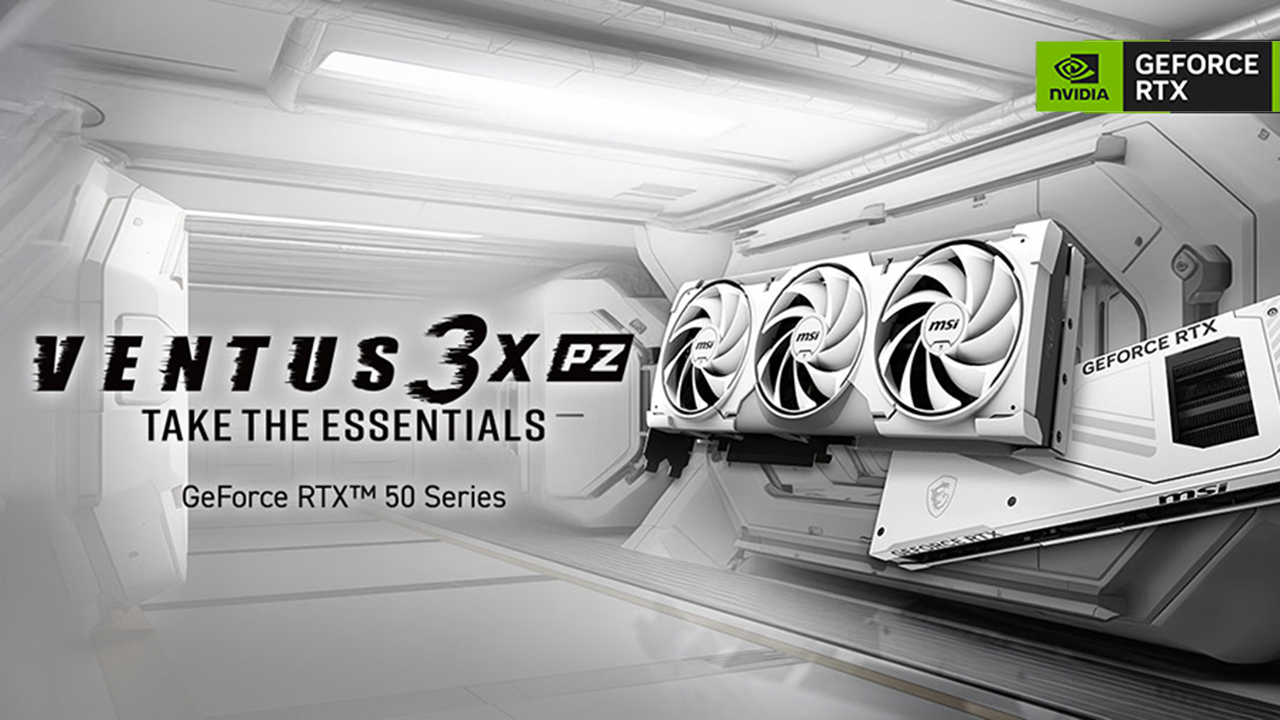MSI has introduced a new kind of GPU design with its GeForce RTX 5070 Ti 16G VENTUS 3X PZ series — the company’s first graphics card that supports a back-connection (rear I/O) layout in a Ventus form factor. This shift signals a push toward more flexible PC build possibilities, especially for compact or uniquely arranged systems.

What Is “Back-Connection” and Why It Matters
Traditionally, graphics cards connect via rear-facing display outputs (DisplayPort, HDMI) that face the case’s rear. A back-connection layout flips or reorients those outputs so that cables route “behind” the card (or in alternate directions), offering cleaner layouts or better cable management in specific case designs. MSI’s move opens up new mounting options and aesthetic layouts for system builders.
Core Specs & Architecture
The new MSI RTX 5070 Ti Ventus 3X PZ aligns with many flagship specs of its siblings:
- Based on NVIDIA’s Blackwell architecture with 8,960 CUDA cores.
- Uses 16 GB of GDDR7 memory on a 256-bit bus, delivering ~896 GB/s bandwidth.
- Boost clock rates around 2,497 MHz (Extreme Performance tuning) / ~2,482 MHz.
- Requires a 300 W power draw and employs a single 16-pin connector (with adapter) — MSI recommends at least a 750 W PSU.
- Dimensions: 303 × 121 × 49 mm, triple-slot thickness, weight approx 1,073 g.
- Outputs: 3 × DisplayPort 2.1b, 1 × HDMI 2.1b — capable of high resolutions like 8K.
MSI retains its signature cooling features: TORX Fan 5.0, a copper base plate, multiple heat pipes, and a reinforced metal backplate.
Performance Highlights & Features
- This GPU supports DLSS 4 (with Multi-Frame Generation) for AI-assisted upscaling, along with full ray tracing and NVIDIA Reflex 2 to reduce latency.
- Reviewers note that in 1440p gaming, the Ventus 3X version holds up well, sometimes approaching RTX 5080 levels in select titles, especially thanks to its large memory headroom.
- Overclocking headroom is solid, and thermals remain under control thanks to the triple-fan arrangement and good venting.
- One point of caution: some users report fan noise under heavy load and high RPMs in compact builds.
Challenges & Considerations
- Because of its size (303 mm length) and triple-slot profile, case compatibility must be checked — not all compact cases will fit it easily.
- The back-connection layout may require specialized case design or cable routing; builders unfamiliar with this style may need to adapt.
- As with many next-gen GPUs, pricing and availability at MSRP remains a concern: some regions may see markup above expected street price.
- Power demands and thermals: ensure your system has adequate airflow, a quality 750 W+ PSU (preferably ATX 3.1 compliant), and space for the card’s cooling needs.
Why This Launch Counts
MSI’s leap into back-connection design is a bold move in GPU engineering. It gives builders more freedom to experiment with layout styles, especially in custom or small-form builds where rear I/O space is limited. Combined with cutting-edge specs and NVIDIA’s Blackwell architecture, the new Ventus 3X PZ variant is likely to inspire more custom PC tower designs.
Though not a Founders Edition model, it stands as MSI’s champion for the RTX 5070 Ti class: a high-performance card with modern features, hefty memory, and smart cooling. For gamers, creators, and PC enthusiasts alike, it’s a compelling new option in 2025’s GPU lineup.
